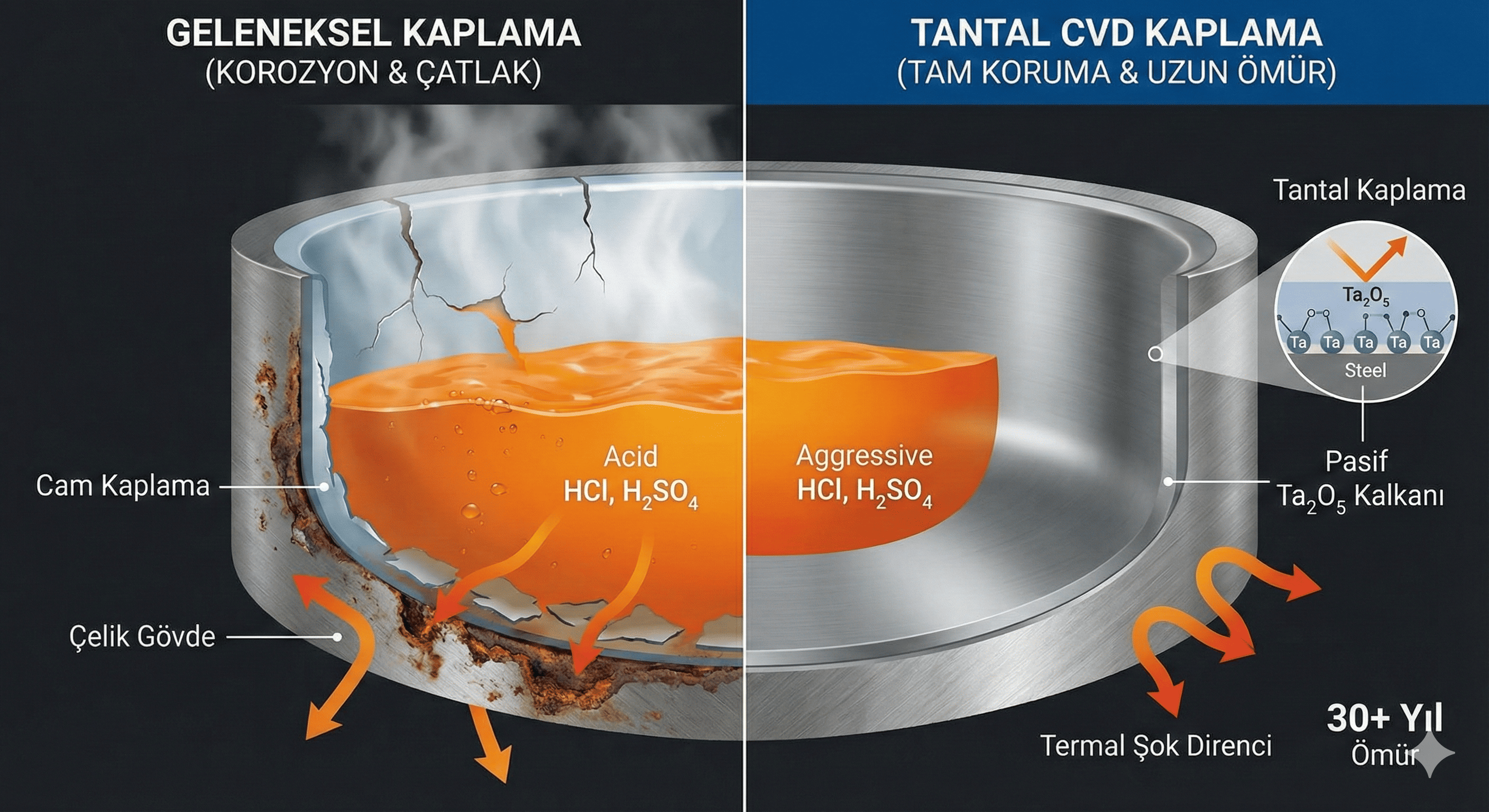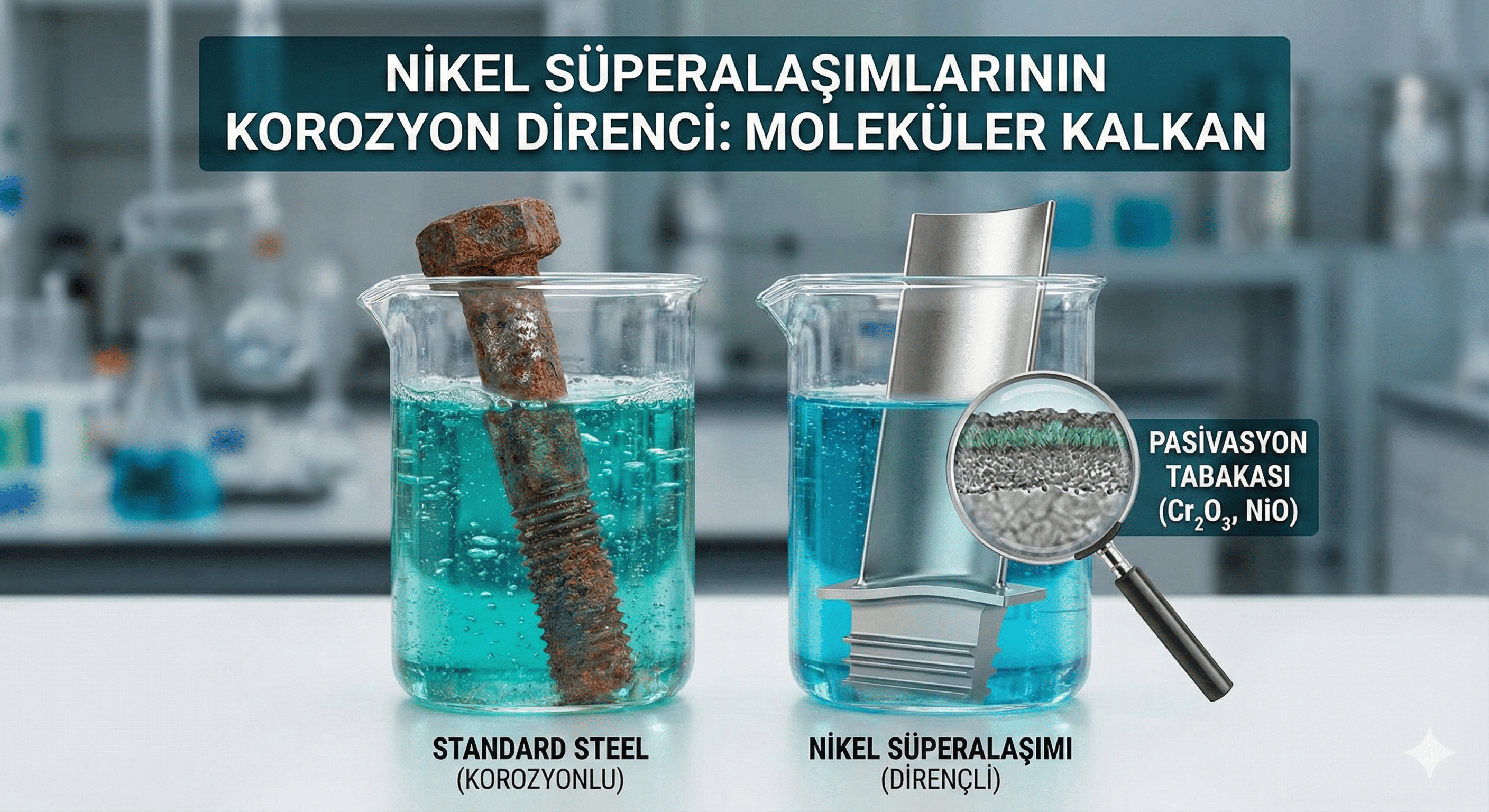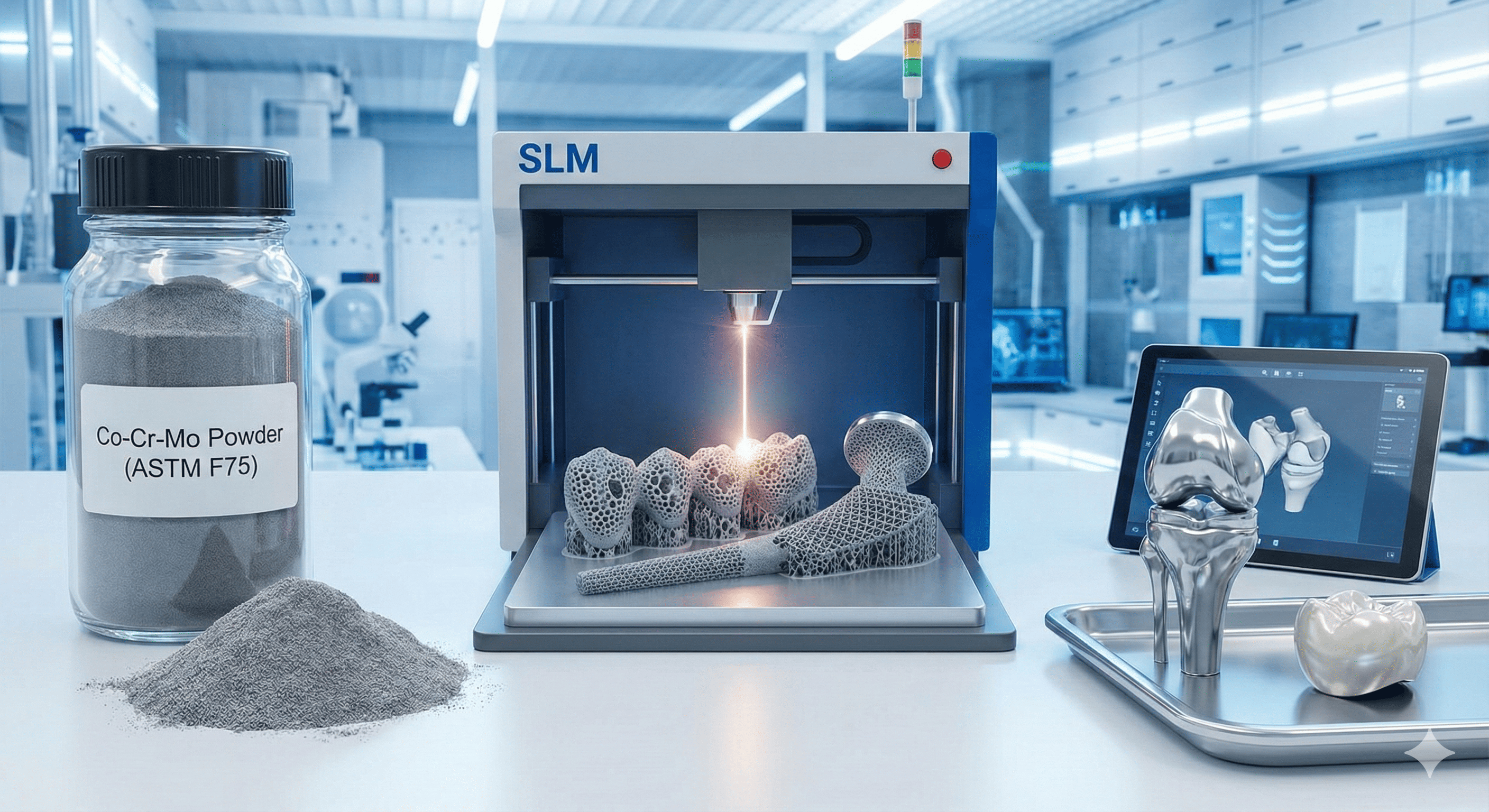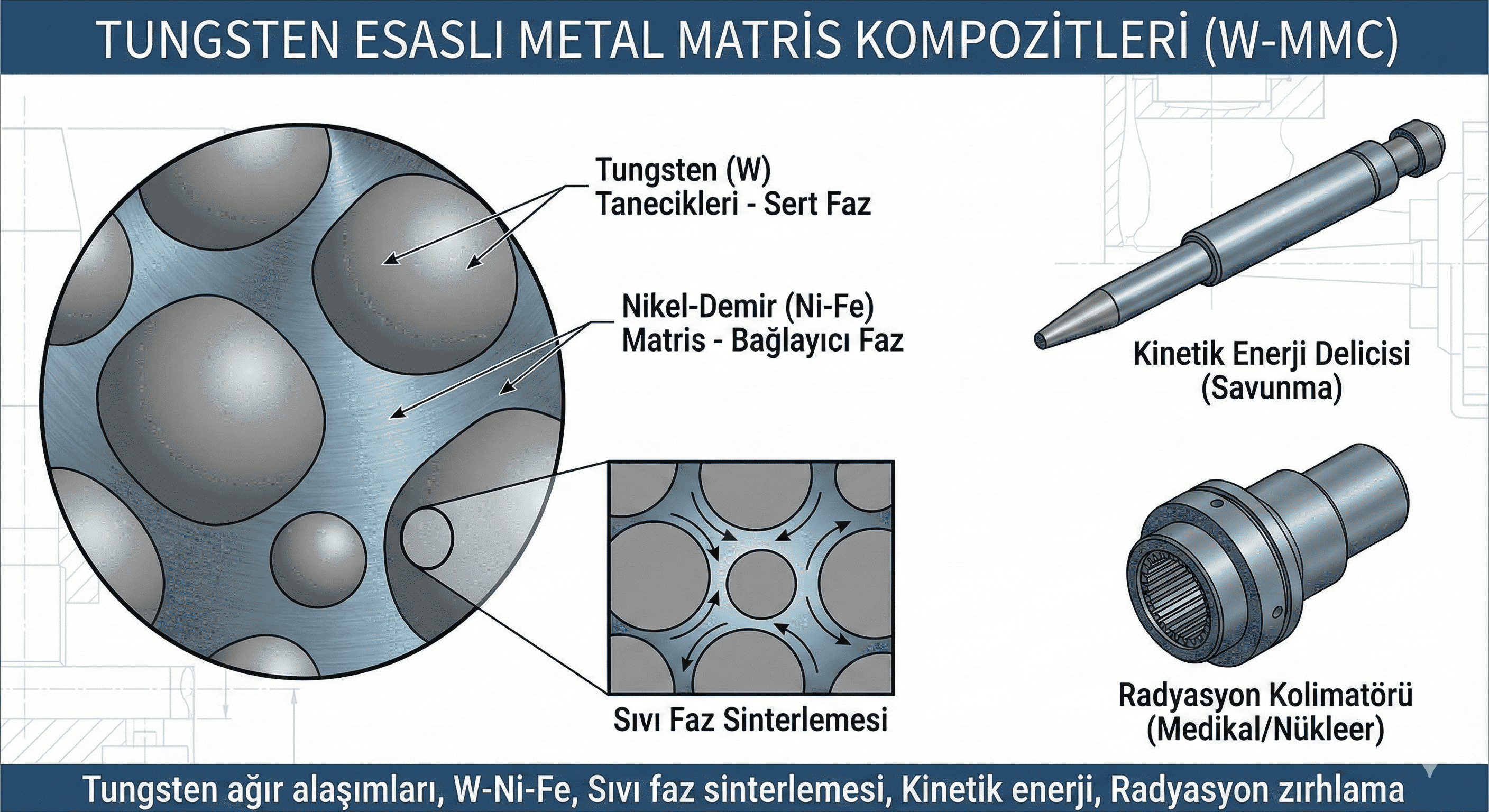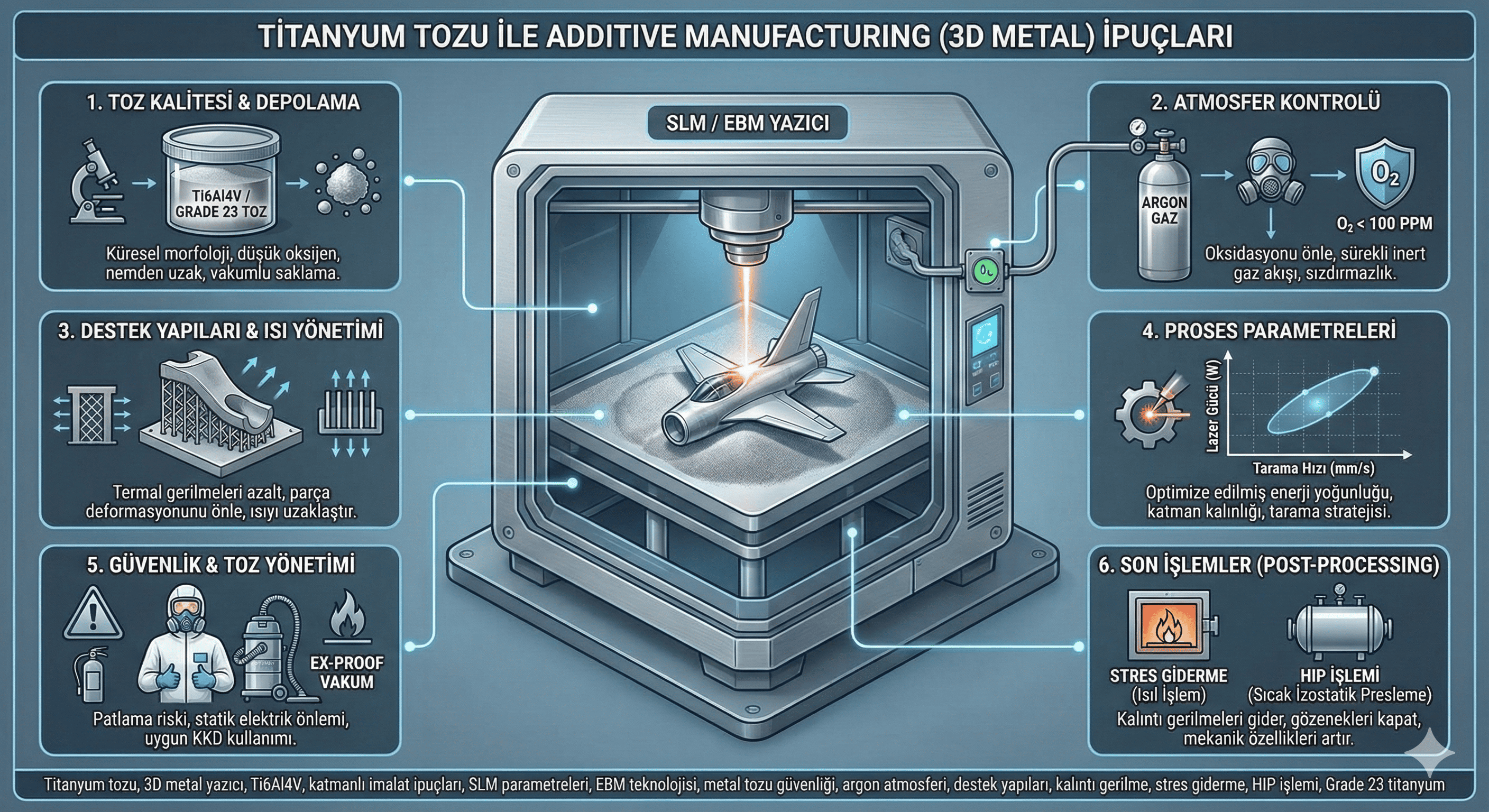Manganese oxide (MnO²) nanoparticles are an important class of nanomaterials with significant applications in various fields due to their unique properties. This article provides a comprehensive review of the synthesis methods, structural and functional properties, and diverse applications of MnO² nanoparticles. Additionally, the challenges and limitations associated with their production and use are discussed, along with potential future research directions.
1. Introduction
1.1. Overview of Manganese Oxide Nanoparticles
- Definition and general characteristics of MnO² nanoparticles.
- Historical development and importance in materials science and technology.
1.2. Significance in Nanotechnology
- Unique properties of MnO² nanoparticles compared to bulk MnO².
- Overview of potential applications driven by these properties.
1.3. Objectives of the Article
- To provide an in-depth overview of the synthesis methods, properties, and applications of MnO² nanoparticles.
- To identify challenges and propose directions for future research.
2. Synthesis of Manganese Oxide Nanoparticles
2.1. Chemical Precipitation
- Description of the chemical precipitation method for synthesizing MnO² nanoparticles.
- Key parameters: precursor concentration, pH, temperature, and reaction time.
2.2. Sol-Gel Method
- Overview of the sol-gel technique for preparing MnO² nanoparticles.
- Steps involved: sol preparation, gelation, aging, and calcination.
2.3. Hydrothermal and Solvothermal Methods
- Explanation of hydrothermal and solvothermal synthesis.
- Influence of pressure, temperature, and solvent conditions on particle size and morphology.
2.4. Co-Precipitation Method
- Use of co-precipitation to produce MnO² nanoparticles.
- Factors affecting the process, such as reagent concentrations and pH.
2.5. Other Methods
- Brief discussion of alternative methods such as microwave-assisted synthesis and electrochemical deposition.
3. Properties of Manganese Oxide Nanoparticles
3.1. Structural Properties
- Crystal structure, particle size, and morphology of MnO² nanoparticles.
- Characterization techniques: X-ray diffraction (XRD), scanning electron microscopy (SEM), and transmission electron microscopy (TEM).
3.2. Optical Properties
- Optical absorption and photoluminescence characteristics.
- Applications in optical devices and sensors.
3.3. Electrical Properties
- Electrical conductivity and behavior in electronic applications.
- Comparison with bulk MnO² and implications for use in batteries and supercapacitors.
3.4. Thermal Properties
- Thermal stability and behavior under various temperatures.
- Applications in high-temperature environments.
3.5. Chemical Properties
- Reactivity and catalytic behavior.
- Interaction with other materials and environmental stability.
4. Applications of Manganese Oxide Nanoparticles
4.1. Catalysis
- Use in catalytic processes such as oxidation, hydrogenation, and environmental remediation.
- Role in industrial and green chemistry applications.
4.2. Energy Storage and Conversion
- Application in lithium-ion batteries, supercapacitors, and hydrogen storage.
- Role in enhancing the performance and efficiency of energy storage systems.
4.3. Environmental Remediation
- Use in wastewater treatment and removal of heavy metal ions and organic pollutants.
- Application in capturing and neutralizing harmful gases.
4.4. Electronics and Semiconductors
- Use in electronic devices and as a dielectric material.
- Role in improving device performance and stability.
4.5. Biomedical Applications
- Potential use in drug delivery systems, imaging, and as antimicrobial agents.
- Evaluation of biocompatibility and safety.
5. Challenges and Limitations
5.1. Synthesis Challenges
- Difficulties in achieving uniform particle size and high purity.
- Scalability and reproducibility of synthesis methods.
5.2. Stability and Reactivity
- Stability of MnO² nanoparticles under various environmental conditions.
- Methods for enhancing stability and controlling reactivity.
5.3. Cost and Environmental Impact
- Economic considerations of production and use.
- Environmental impact and strategies for minimizing ecological footprint.
5.4. Regulatory and Safety Concerns
- Compliance with regulations governing the use of nanomaterials.
- Safety protocols for handling and disposal of nanoparticles.
6. Future Directions
6.1. Advancements in Synthesis Techniques
- Innovations to improve control over particle size, morphology, and properties.
- Exploration of new precursors and reaction conditions.
6.2. Enhancement of Properties
- Research on improving the optical, electrical, and catalytic properties of MnO² nanoparticles.
- Development of composite materials and doping strategies.
6.3. Integration with Emerging Technologies
- Potential integration with new energy storage and conversion technologies.
- Exploration of hybrid systems combining MnO² with other materials.
6.4. Interdisciplinary Collaboration
- Importance of collaboration between chemists, materials scientists, and engineers.
- Examples of successful interdisciplinary projects and research.
7. Conclusion
7.1. Summary of Key Findings
- Recap of synthesis methods, properties, and applications of MnO² nanoparticles.
7.2. Impact on Technology and Science
- Overall significance of MnO² nanoparticles in advancing various fields.
7.3. Final Thoughts
- Reflection on the future potential and ongoing research in MnO² nanoparticles.
8. References
- Comprehensive list of scientific papers, reviews, and sources cited in the article.
This framework provides a thorough overview of manganese oxide nanoparticles. If you need specific details, case studies, or additional sections, please let me know!

